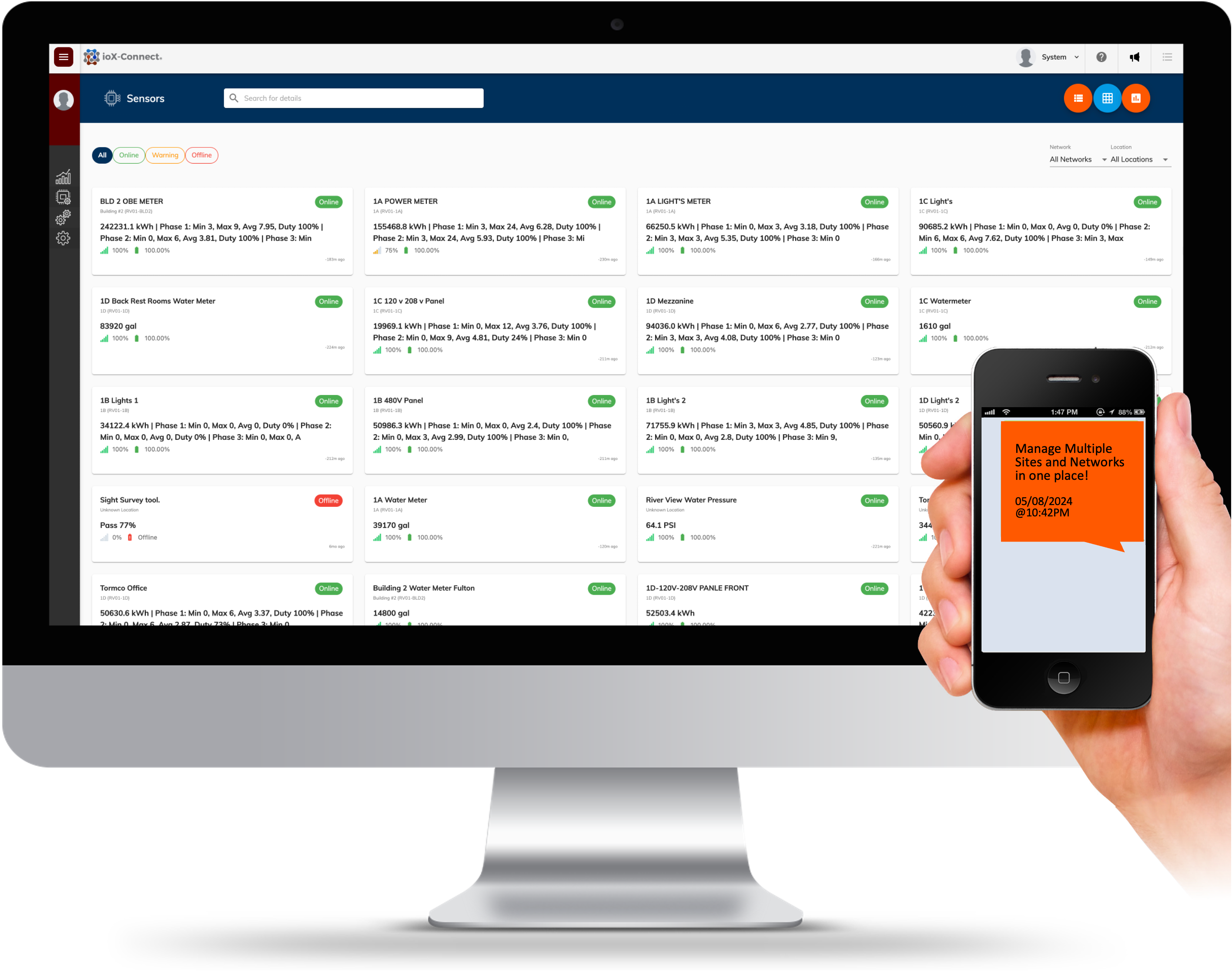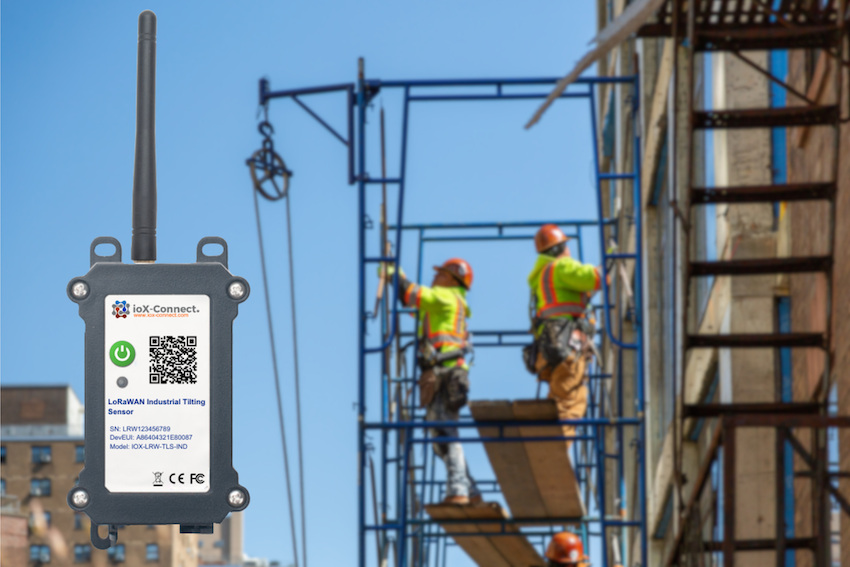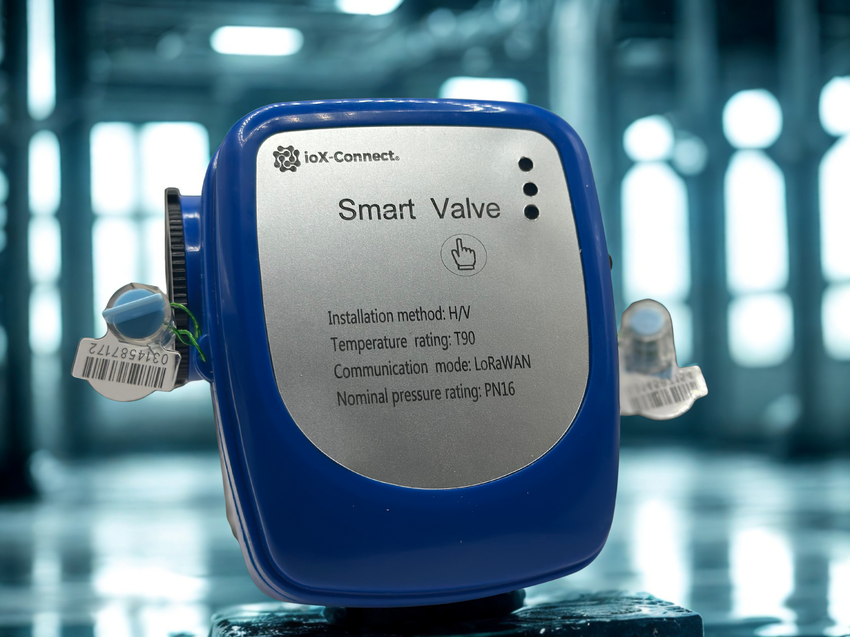LoRaWAN vs. Other LPWAN Technologies
LoRaWAN vs. Other LPWAN Technologies: Choosing the Right Network for Your IoT Deployment
Low-Power Wide-Area Network (LPWAN) solutions have exploded in popularity for IoT—but not all LPWANs are created equal. In this guide, we compare LoRaWAN against NB-IoT, Sigfox, and LTE-M across the metrics that matter: range, power consumption, network cost, deployment flexibility, and ecosystem maturity. By the end, you’ll know which connectivity standard best fits your use case—and why LoRaWAN often comes out on top for scalable, low-cost, long-range IoT.
LPWAN technologies are designed to send small packets of data over long distances while consuming very little power. They trade off throughput and latency for battery life and coverage, making them ideal for applications like asset tracking, environmental sensing, and remote monitoring.
| Feature | LoRaWAN | NB-IoT | Sigfox | LTE-M |
|---|---|---|---|---|
| Spectrum | Unlicensed ISM | Licensed cellular | Unlicensed ISM | Licensed cellular |
| Typical Range | 2–15 km (rural) | 10–15 km (rural) | 10–20 km (rural) | 5–15 km (rural) |
| Battery Life | 5–10 years | 5–10 years | 10–15 years | 5–8 years |
| Max Payload | ~ 50 bytes | ~ 1600 bytes | ~ 12 bytes | ~ 1600 bytes |
| Data Rate | 0.3–50 kbps | 20–250 kbps | ~ 100 bps | 10–375 kbps |
| Network Cost | No spectrum fees; self-host or managed | Operator subscription | Operator subscription | Operator subscription |
| Deployment Model | Private or managed | Operator only | Operator only | Operator only |
| Security | AES-128 network & app layer | SIM-based authentication, AES | Symmetric-key AES | SIM-based authentication, AES |
| Ecosystem Maturity | Wide OSS & vendor support | Rapidly growing | Established but niche | Mature LTE ecosystem |
Pros:
- Operates in unlicensed bands → zero spectrum fees
- Deploy private networks anywhere → full control over coverage
- Strong open-source ecosystem (ChirpStack, The Things Network)
- Multi-year battery life on coin cells
Cons:
- Payload size capped (~50 bytes)
- Duty-cycle limits in some regions (e.g., EU868,US915)
LoRaWAN shines when you need an affordable, self-managed network with flexible gateway placement and multi-year battery life.
Pros:
- Leverages existing cellular infrastructure → nationwide coverage
- High payloads (up to 1600 bytes) and moderate data rates
- SIM-based security and QoS guarantees
Cons:
- Monthly subscription fees per device
- Operator-dependent coverage gaps in rural/indoor environments
- Higher power consumption during registration and handshakes
NB-IoT is ideal for applications requiring larger payloads and carrier-grade SLAs—but at a higher recurring cost.
Pros:
- Ultra-low power consumption → longest battery life (10–15 years)
- Simple uplink-only protocol → easy device integration
- Global managed network in many countries
Cons:
- Very small uplink payloads (12 bytes) and low data rates (~100 bps)
- No downlink flexibility (limited acknowledgments)
- Operator subscription and message-count fees
Use Sigfox when you need device simplicity and extreme battery life, and can tolerate minimal payload sizes.
Pros:
- Full bi-directional LTE feature set → voice support, mobility
- Moderate throughput for firmware updates or richer data
- SIM-based security and managed QoS
Cons:
- Higher power draw than LoRaWAN/NB-IoT
- Monthly per-device fees and spectrum costs
- Coverage and performance tied to carrier network
LTE-M fits use cases needing mobility (e.g., asset tracking), voice, or larger data transfers—at the expense of battery life and cost.
-
Budget & TCO: If avoiding spectrum fees and minimizing gateway count are top priorities, LoRaWAN wins.
-
Control & Flexibility: Private network deployments—including portable gateways—are a breeze with LoRaWAN.
-
Battery Life: While Sigfox can edge out LoRaWAN on absolute longevity, LoRaWAN’s multi-year life on small batteries is still industry-leading.
-
Payload Needs: For applications capped under ~50 bytes per message, LoRaWAN delivers the best balance of features.
-
Ecosystem & Vendor Support: A massive open-source community plus turnkey commercial gateways/sensors streamline deployment.
With ioX-Connect you can:
-
Deploy Private LoRaWAN Networks: Spin up gateways, manage device fleets, and visualize sensor data—all from one cloud platform.
-
Compare Performance: Use our dashboard to benchmark link budgets, packet success rates, and ADR efficiency vs. NB-IoT or LTE-M gateways.
-
Hybrid Connectivity: Seamlessly ingest LoRaWAN and cellular IoT data into a unified IoT layer—then trigger alerts or CMMS work orders directly from your rules engine.
-
📦 Explore our LoRaWAN Hardware Guide and get started with sensor & gateway selection.
-
🛠️ Ready to test LoRaWAN vs. NB-IoT in our environment? Check out our range of LoRaWAN devices or speak to our team to find out about our NB-IoT options.
Frequently Asked Questions about LoRaWAN Sensors
Please reach out to us at: sales@iox-connect.com if you have any additional questions that are not addressed below. You can also check out our content library for more information and content on wireless sensors and IoT.
Latest blog posts
Check out our latest blog posts from the ioX Journal
- Ockert Fourie
- October 10, 2025
- ioX-Connect
- September 2, 2025
- Ockert Fourie
- August 21, 2025



